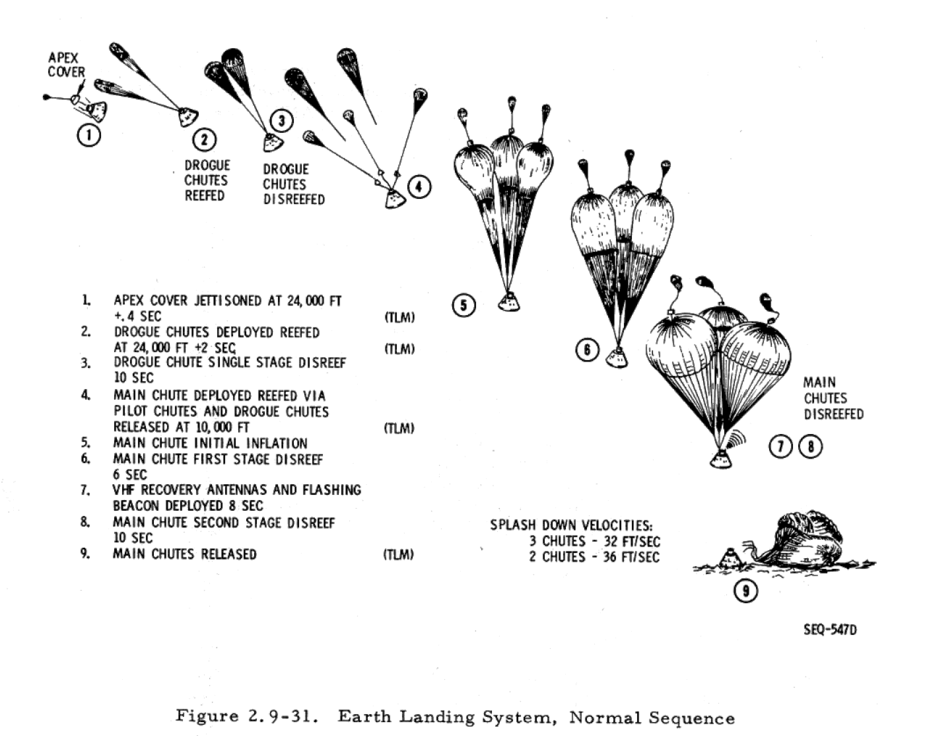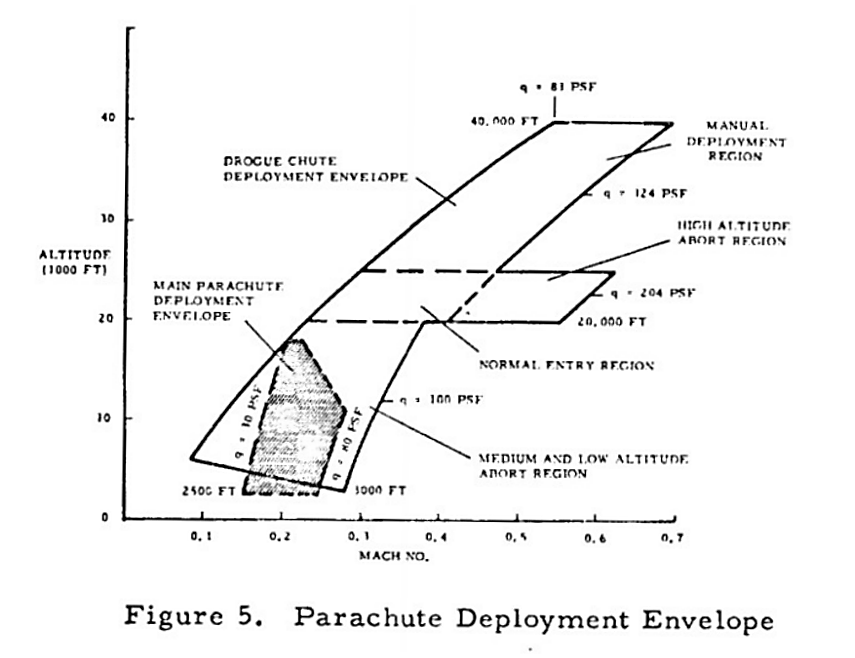Peter wrote:
Normally, the “payload” (in the GA context) is the MTOW minus the empty weight.
… this is called “useful load” in that context, to avoid confusion with commercial nomenclature. Payload, in “our” GA-context differs with gravitational variation of the crew and fuel needed for the flight.
(on p5)
Right, that’s how i learned it too. Makes sense aswell. If the pilot is heavy the payload is smaller, of course.
Peter wrote:
Normally, the “payload” (in the GA context) is the MTOW minus the empty weight.
Not really. The ins and outs of load nomenclature are taught at CPL level, but there it is – independent of aircraft class – always what actually pays for the flight, so what you can put in in passengers and freight.
Peter wrote:
Normally, the “payload” (in the GA context) is the MTOW minus the empty weight.
Not to my knowledge. Fuel is not included in the term “payload” and should not be unless you transport it without the intent of using it :)
Payload is what “pais” to come along, that is normally passengers, baggage and, if applicable, cargo and mail. Even though strictly speaking, the term for that is “Traffic Load”.
In small GA, often enough the pilot also is considered into the term, which is not entirely wrong in private operations as he pays to be there too 
In correct terms however, payload should not be confused with “useful load”.
I also don’t like the term “empty weight” as usually the airplane is not entirely “emtpy” when weighed. It is very interesting to check your weighing form and see what was included and what not. We found recently that in the old forms we had unusable fuel was included in the “emtpy” weight without anyone realizing for years, so it was always counted twice. The same goes for the basic CG. On the Caravelle I used to work on, we found after YEARS of operation that the trimsheet we had included some fuel correction which was not always there, which resulted in out of trim conditions when empty. When we did the conversion to electronic load sheets, we found that on empty flights we had to add 1000 kgs of ballast instead of the 300 we had before to be within CG….
What a Weight and Balance calculation should start with is the “BASIC WEIGHT” and “BASIC CG”, the definition of which has to be written in the Airplane Flight Manual. And you take it from there.
Basic Weight plus Crew, Pantry and Crew Baggage results in the Dry Operating Weight (DOW). Add the fuel required at take off (TOF) and you get the (Wet) Operating Weight (OW). In GA, the step between BW and DOW is often omitted, which is fine as long as the pilot and his baggage and any other equipment not included is then added to the traffic load.
To determine the maximum allowable traffic load, on most GA planes you take the maximum allowable take off weight and deduct the operating weight. For planes which have maximum landing or maximum zero fuel weights, you first need to determine if there is no restriction there. The maximum allowable take off weight is the lowest of either
- Structural MTOW
- Max Zero Fuel Weight plus Take Off Fuel
- Max Landing Weight plus Trip Fuel
The maximum traffic load then results from the allowable TOW – Operating Weight.
Marketing folks love to cheat you. So that is why the term “useful load” was invented, which is NEVER really “useful” at all unless you fly a glider. Serious calculations should therefore involve different operating weights and indicate what you may load with a full fuel OW and with the necessary fuel for a certain distance e.t.c. Some manufacturers do this with a load/range graph or similar. Also most manufacturers trim their “sample empty weight” to absolutely unrealistic values.
I would like to get to a point where everyone uses the same terminology for equal things…. particularly in WnB. It might make life a lot easier…. I did a WnB theory course a few years back for a flight school in a refresher training, and most of the terms drew blank stares. Yet I think that the proper terminology is quite adequate and can be used to make things easier also in GA.
We are all showing our vintage, the Physics police would like you to use Mass, not Weight.
Correct, i have been using MTOM for many years in my articles, but many pilots still have not adopted it. To me MTOM is the only right expression.
Mooney_Driver wrote:
Marketing folks love to cheat you. So that is why the term “useful load” was invented, which is NEVER really “useful” at all unless you fly a glider. Serious calculations should therefore involve different operating weights and indicate what you may load with a full fuel OW and with the necessary fuel for a certain distance e.t.c. Some manufacturers do this with a load/range graph or similar. Also most manufacturers trim their “sample empty weight” to absolutely unrealistic values.
The marketing part is true, but nonetheless I like the concept of a useful load, because – at least in my operations – there seldom is a reliable OEW. There is for my instructing, which is why I have a graph fuel over student load for the C150. In that scenario I have a very constant OEW.
For trip planning, it depends with whom I like to fly where and the concept of a useful load gives me access to easy calculations, which plane to chose. This is true for rough planing not containing me as part of a OEW. This, of course, is never a substitution for a proper mass and balance calculation.
Cirrus: No one has ever put a parachute on an airplane this big (6,000 pounds) or this fast (300 knots) before and the unconventional design of the aircraft demands some unconventional engineering for the chute, particularly the extraction system. Cirrus wanted to get certified by the end of 2015 and says major items, like the pressurization system, have been approved and work continues on the chute design.
“These are solvable problems. We’re there,” said Bergwall. “We’re feeling confident that this will be a jet with a parachute.”
http://www.avweb.com/avwebflash/news/Cirrus-Plans-Jet-Deliveries-By-Q2-2016-225530-1.html
Cirrus Jet post moved to the combined Cirrus Jet thread
The Apollo command module weighed in at 12,000 pounds… no idea about the deployment speed in that instance, though, probably not quite 300kt.
:-)
They are also still working on FIKI, same as Piper on the new M600 wing. As usual – it ain’t certified until it is.
Good news that the pressurisation appears to be sorted, though, as someone posted that this may be an issue…
Cobalt wrote:
The Apollo command module weighed in at 12,000 pounds… no idea about the deployment speed in that instance, though, probably not quite 300kt.
Depends on what chute you are talking about :-)

